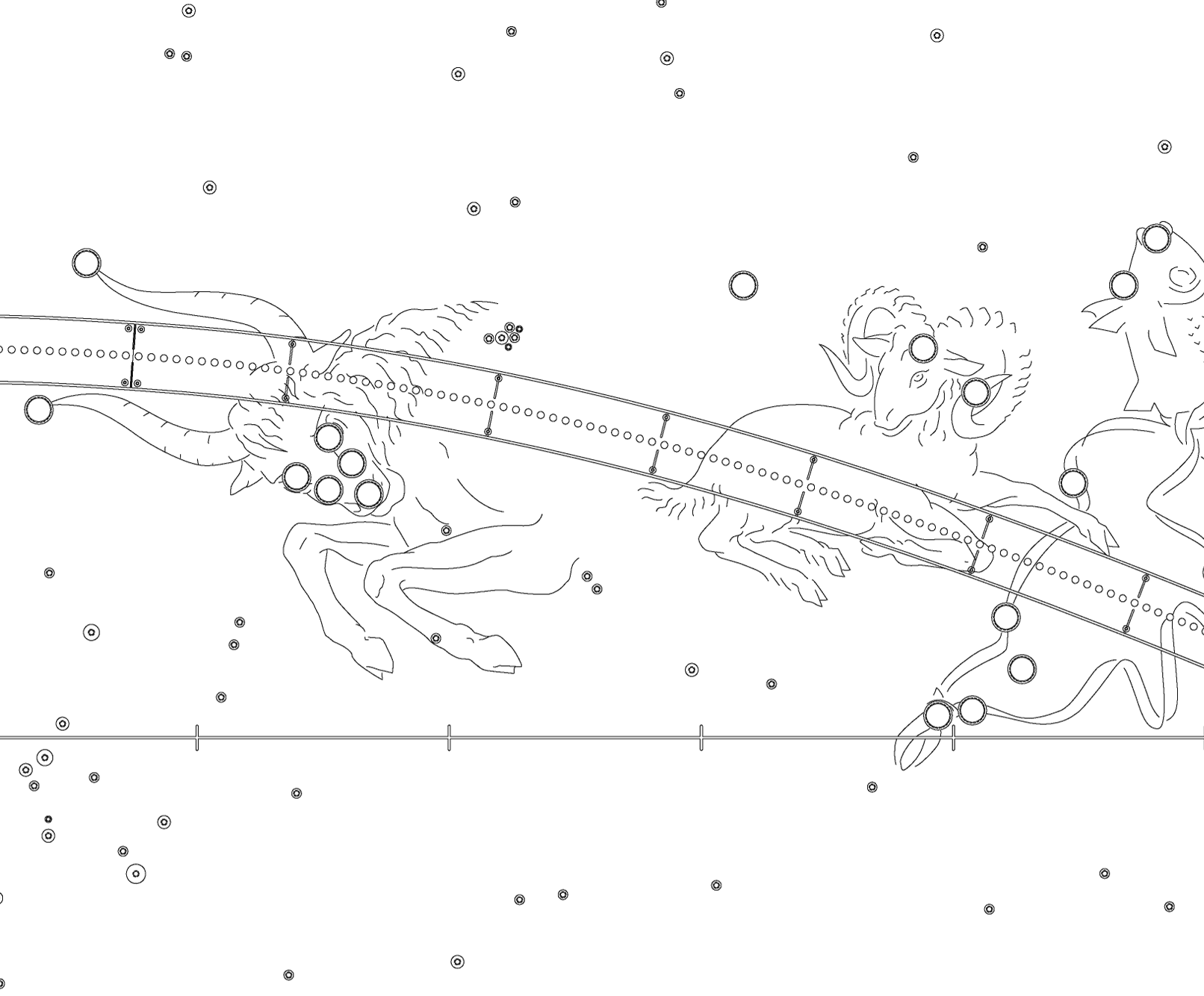Total Eclipse Watch 2024
Don’t miss this opportunity to experience the Total Solar Eclipse! April 8, 2024 is the last chance to witness this mesmerizing celestial event in North America until 2045.

View Totality from Anywhere in the World
Our broadcast team is joining the Griffith Observatory Foundation eclipse trip in Belton, Texas. From there, the team will provide a live broadcast of the entire total solar eclipse from that location, including nearly four minutes of totality!
Tune in to Griffith Observatory’s official YouTube channel on Monday, April 8, 2024 at 10:00 a.m. PDT



Join Us on the Path to Totality
From anywhere in the world, follow the Observatory team of eclipse chasers using the hashtag #OBSeclipsewatch2024
- Sign up for Griffith Observatory Foundation’s email and receive eclipse updates directly to your inbox
- Follow Griffith Observatory on Facebook and Instagram and Griffith Observatory Foundation on LinkedIn
- Be sure to subscribe to the Observatory’s official YouTube channel and set your alarm for the Monday, April 8th live broadcast from Texas
- Join the conversation using hashtag #OBSeclipsewatch2024. You might see your post reshared on our official channels!

What Is Happening in the Sky?
On Monday, April 8, 2024, a narrow pathway (“line of totality”) across North America from Mazatlán, Mexico, to Newfoundland, Canada will experience a total solar eclipse in which the Moon fully blocks the light of the Sun for several minutes. Almost all other parts of the continent, including Los Angeles, will see a partial eclipse. The next solar eclipse in North America won’t occur for another two decades.

Key Eclipse Moments
Griffith Observatory will broadcast live on Monday, April 8, 2024 from 10:00 a.m. – 1:00 p.m. PDT
Total Solar Eclipse from Texas
10:00 a.m. Broadcast begins
10:19 a.m. Eclipse begins in Texas
11:37 a.m. Start of totality in Texas
11:41 a.m. End of totality in Texas
12:59 p.m. Eclipse ends in Texas
1:00 p.m. Broadcast ends
Viewing the Partial Solar Eclipse in Los Angeles
10:06 a.m. Start of partial eclipse in LA
11:12 a.m. Moment of greatest eclipse in LA
12:22 p.m. End of partial eclipse in LA
Eclipse FAQs
What is a solar eclipse?
As seen from Earth, a solar eclipse occurs when the Moon passes between the Sun and the Earth and fully or partially blocks the Sun. In a total eclipse, the Moon and Sun are perfectly aligned. This is what viewers in Texas will see. In a partial eclipse, the Moon and Sun are not exactly in line, and only a portion of the Sun’s disc is blocked. In Los Angeles on April 8, the Moon will cover 57 percent of the Sun’s diameter and 49 percent of the Sun’s area. If viewing a solar eclipse in person, proper eye protection is ESSENTIAL to shield the eyes from dangerous and blinding solar radiation.
What is needed to safely view the eclipse?
It is essential to use proper eye protection when looking at the Sun. Affordable and safe eclipse glasses and Solarama viewers are available for purchase at the Observatory’s Stellar Emporium Gift Shop in advance of April 8. Online orders should be placed by March 28, 2024.
How can I view the eclipse?
With your eclipse glasses and clear skies, you can watch the partial solar eclipse throughout most of North America as long as you have a clear view of the sky. In Los Angeles, that view will be to the southeast. You do not need a telescope to view the eclipse; if you use a telescope, it MUST have the proper filter.
Is Griffith Observatory hosting an eclipse event for the public?
The Observatory is not hosting a public viewing event on its grounds. Instead, the broadcast team is traveling to Texas to share the live total solar eclipse with the world. The team will be in the same location as one of two eclipse-viewing trips hosted by Griffith Observatory Foundation. The Texas trip is led by Observatory Astronomical Lecturer Dr. David Reitzel. The other Foundation trip is viewing the eclipse from Mazatlán, Mexico, and is led by Observatory Director Dr. E. C. Krupp.



How to Observe an Eclipse Safely
DO NOT LOOK DIRECTLY AT THE SUN, not with sunglasses, not through a telescope, not through a tiny hole, not reflected on a mirror. Regular sunglasses, telescopes, and filters do not provide adequate protection.
Looking at the Sun with anything but genuinely safe devices may result in blindness.
Genuine safety devices include: solar glasses, solaramas, and solar telescopes.

Solar Observing Gear
Affordable and safe eclipse glasses and Solarama viewers are available for purchase at the Observatory’s Stellar Emporium Gift Shop and its online store in advance of April 8. Online orders should be placed by March 28, 2024.
Make Your Own Pinhole Projector
You will need two pieces of non-corrugated cardboard and a sharp item, such as a pin or a thumbtack. Stand one piece of cardboard on the ground by leaning it against something. Make sure the entire surface is in direct sunlight. This is your “screen.” Puncture a small round hole in the other piece of cardboard. Press down any rough edges of the hole you made so that the hole is round. Allow the Sun to shine on the hole to let its light pass through it. When you change the distance of the cardboard with the hole, the image will change in size and brightness.

Make Your Own Mirror Projector
You will need a small, flat mirror and a wall.
Use the mirror to reflect an image of the Sun onto a light-colored wall. This works well when you are about five meters away from the wall. Do not reflect sunlight into anyone’s eyes.